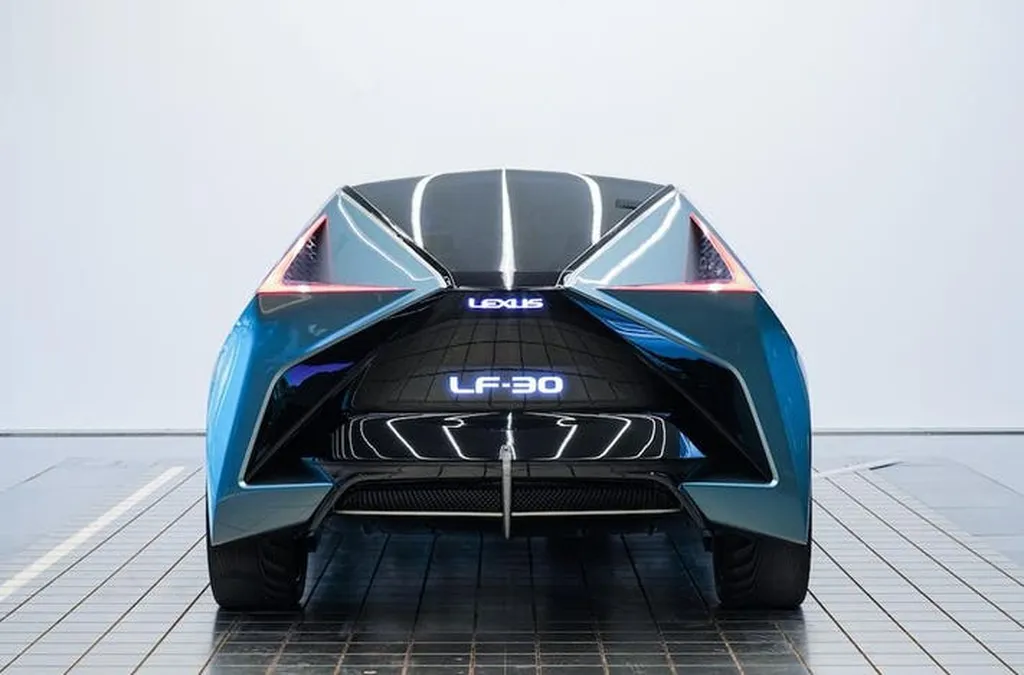In the quest to create more comfortable and energy-efficient buildings, a groundbreaking study led by Martin Ivanov from The University of Tokyo is challenging conventional approaches to passive solar shading systems. Published in the *Journal of Daylighting* (translated from Japanese as *Journal of Natural Light*), the research introduces a novel computational framework that prioritizes occupant-centric visual comfort, potentially reshaping the future of building design and the energy sector.
Traditionally, the optimization of building façades has focused primarily on daylight performance and glare control. However, Ivanov’s research highlights critical gaps in objectively quantifying visual comfort, preference, and the quality of external views—factors that significantly impact user satisfaction and psychological well-being. “We realized that there was a need to bridge these gaps by integrating advanced computational techniques to evaluate not just daylight and glare, but also the content and complexity of views from inside buildings,” Ivanov explains.
The study introduces a comprehensive framework that combines image-based simulations, spatial frequency analysis, and multi-objective optimization. By analyzing first-person interior views through advanced computational techniques—such as daylight glare probability, image segmentation, and power spectrum analysis—the research objectively assesses visual comfort, view content, and spatial frequency composition. This approach allows for the iterative generation and refinement of shading device configurations, balancing glare reduction, external visibility, and visual complexity.
Two experimental studies validate the approach. The first systematically evaluates multiple predefined shading patterns to identify optimal characteristics, while the second demonstrates that algorithmic optimization of highly irregular shading configurations can simultaneously improve multiple visual comfort metrics. According to Ivanov, “The results show that highly irregular shading patterns can significantly outperform regular patterns in terms of glare reduction, view preservation, and spatial frequency performance.”
The implications for the energy sector are profound. By optimizing passive solar shading systems to enhance visual comfort and energy efficiency, buildings can reduce reliance on artificial lighting and cooling, leading to lower energy consumption and costs. This research could influence future developments in smart building design, where occupant well-being and energy efficiency are prioritized.
Ivanov’s work represents a significant step forward in the field of building design and energy efficiency. As the construction industry continues to evolve, the integration of advanced computational techniques and occupant-centric approaches will likely become standard practice, shaping the future of sustainable and comfortable urban environments.

